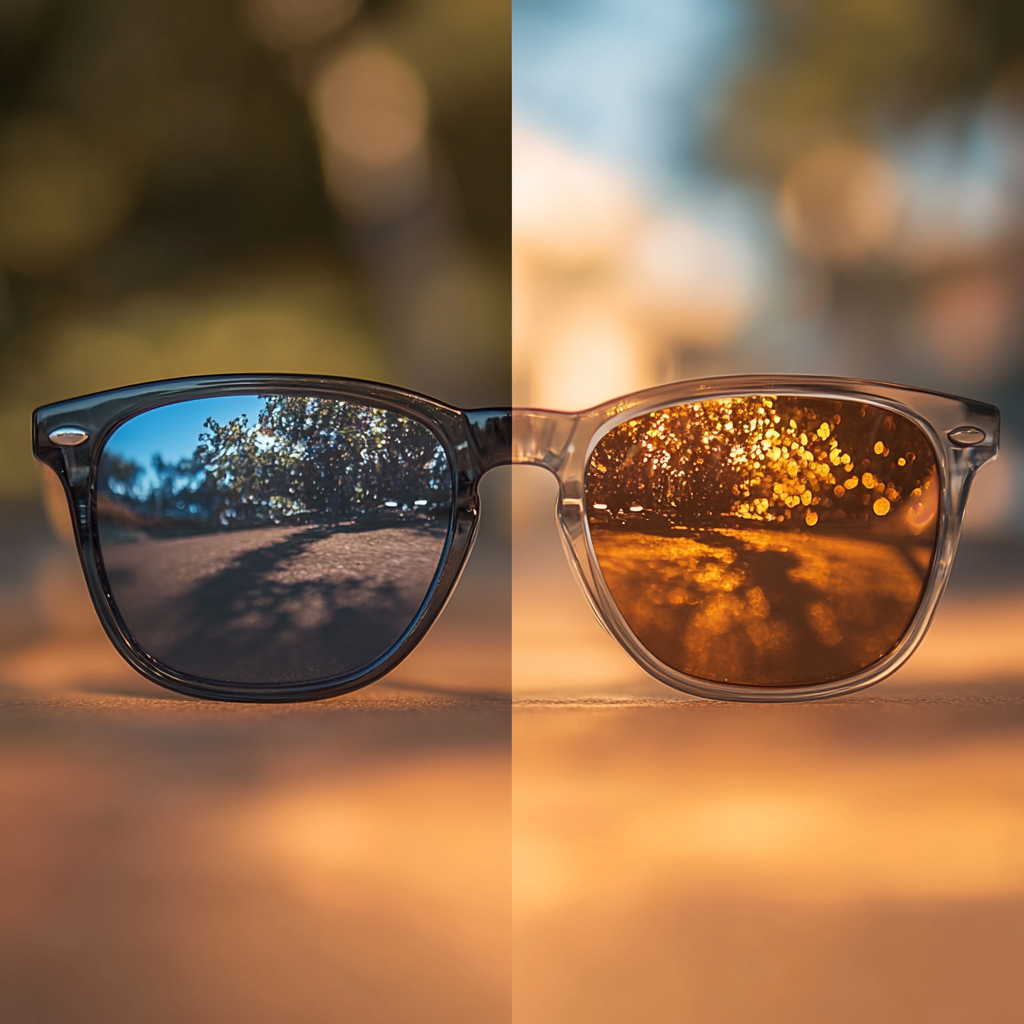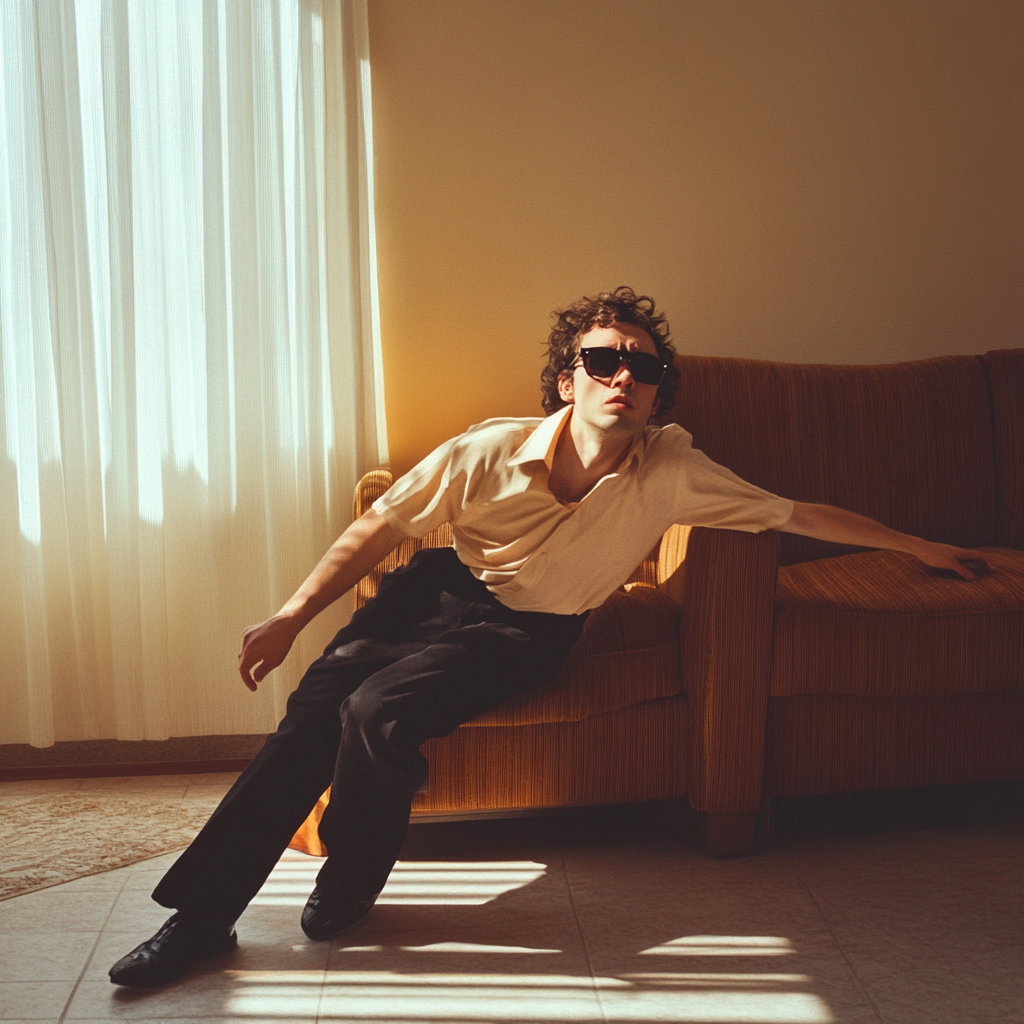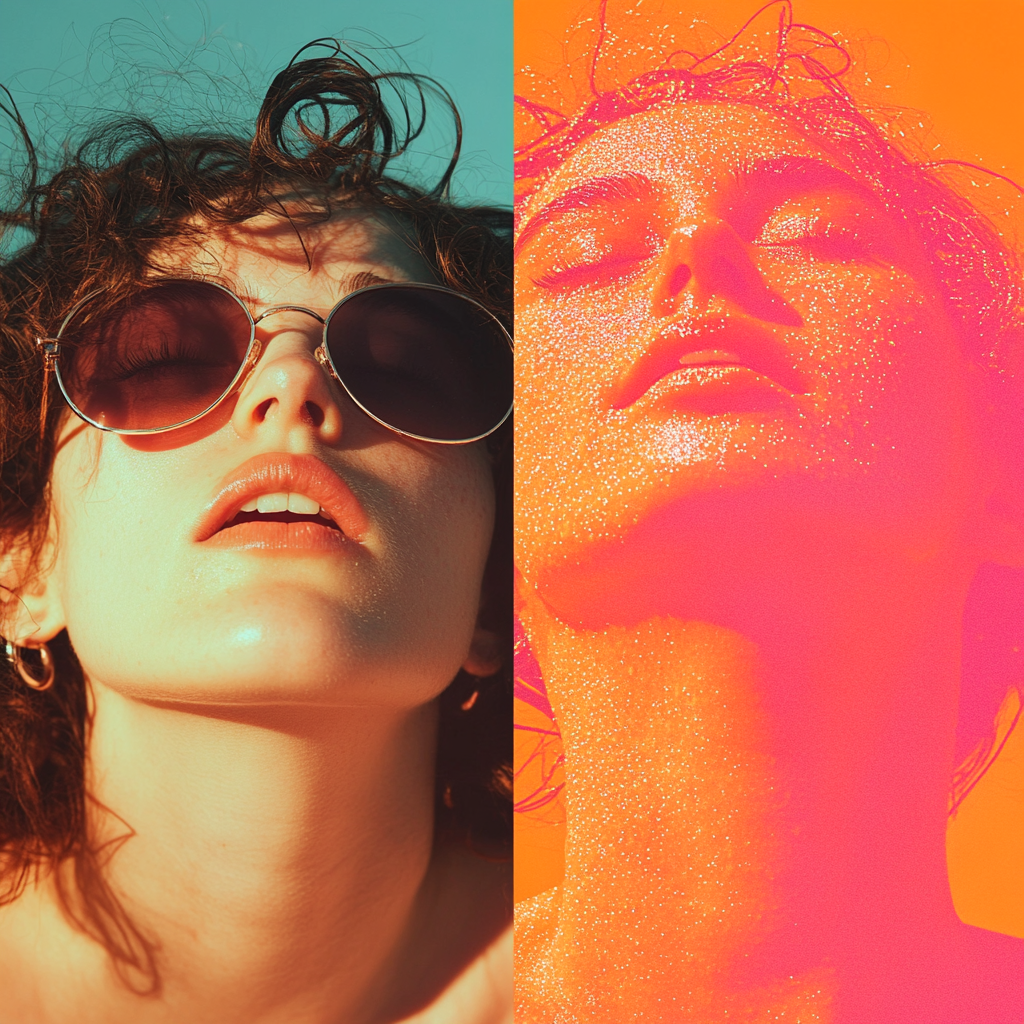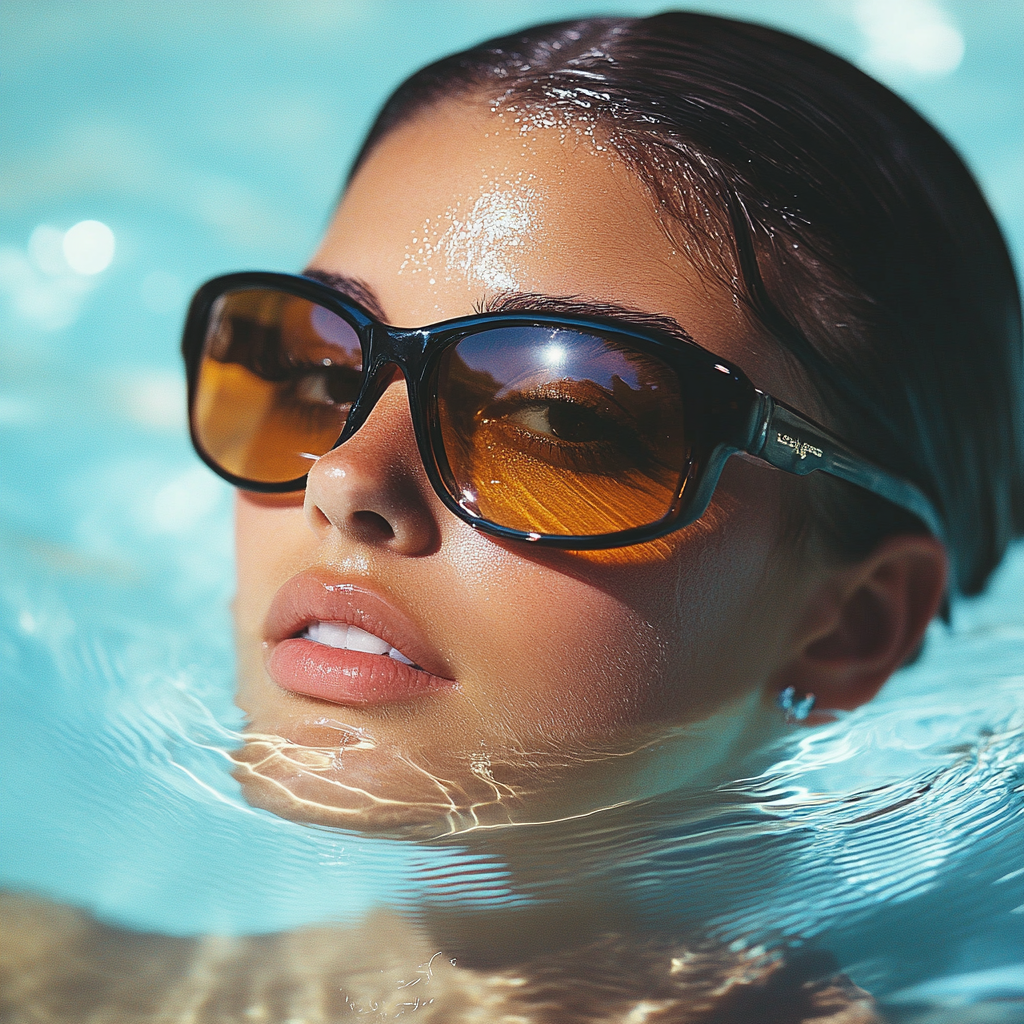We’ve all heard that sunglasses protect our eyes from harmful UV rays, but what if your favorite pair is actually doing more harm than good? It turns out that not all shades are created equal, and wearing the wrong ones could be a recipe for disaster.
The Dark Side of Inadequate UV Protection
You might think those trendy, dark lenses are shielding your eyes from the sun’s wrath, but here’s the kicker: darkness doesn’t equal protection. In fact, wearing sunglasses with inadequate UV protection can be worse than wearing no sunglasses at all. Why? Because those dark lenses cause your pupils to dilate, allowing more harmful UV rays to penetrate your eyes. It’s like inviting a vampire into your home and then handing them a map to your jugular!
According to Columbia Doctors, prolonged exposure to UV radiation can lead to a host of eye problems, including cataracts, age-related macular degeneration, and even eye cancers. So, if your shades aren’t blocking 100% of UV rays up to 400nm, you’re essentially wearing a welcome sign for these sight-threatening conditions.
The Polarizing Truth About Polarized Lenses

Polarized lenses are often touted as the crème de la crème of sunglass technology, promising to reduce glare and enhance visual clarity. But here’s a shocking revelation: polarization has nothing to do with UV protection. That’s right, you could be sporting the most expensive polarized shades on the market and still be exposing your eyes to harmful UV rays.
While polarized lenses can help reduce glare and eye strain, especially when driving or engaging in water activities, they’re not a substitute for proper UV protection. UCLA Health emphasizes that when shopping for sunglasses, you should look for a label that specifically states “100% protection against both UVA and UVB” or “100% protection against UV 400.” Don’t be fooled by the polarized label alone – it’s like having a bulletproof vest that only works against Nerf guns.
The Perils of Poor Fit and Coverage
Size matters when it comes to sunglasses, and in this case, bigger is often better. Those sleek, minimalist frames might look chic, but they could be leaving your eyes vulnerable to UV rays sneaking in from the sides. It’s like trying to use an umbrella the size of a cocktail napkin in a thunderstorm – you’re going to get wet.
Experts recommend wraparound styles or sunglasses with side shields to provide maximum protection. These designs block UV rays from entering from the sides, top, and bottom of the glasses. If your current shades are letting light leak in around the edges, you’re essentially giving UV rays a VIP pass to your retinas.
The Indoor Sunglass Syndrome

We’ve all seen that person who wears their sunglasses indoors or at night, looking like they’re perpetually ready for a red carpet event. But this fashion faux pas isn’t just a social misstep – it could be wreaking havoc on your vision. Wearing sunglasses in low-light conditions can have some seriously shady consequences.
American Optical warns that overusing sunglasses, especially indoors or at night, can hinder your eyes’ natural ability to adapt to different lighting conditions. It’s like keeping your eyes in permanent night mode – eventually, they’ll forget how to adjust to the light. This can lead to increased light sensitivity and even compromise your depth perception and peripheral vision. So unless you’re a international spy or recovering from eye surgery, leave the shades at the door when you step inside.
The Counterfeit Calamity
In the age of online shopping and too-good-to-be-true deals, counterfeit sunglasses have become a serious problem. These knockoffs might look like the real deal, but when it comes to UV protection, they’re about as effective as a chocolate teapot. Fake sunglasses often lack proper UV coatings, leaving your eyes exposed to the full brunt of the sun’s harmful rays.
During events like solar eclipses, the danger is even more pronounced. UC Davis Health reports that counterfeit eclipse glasses that don’t meet safety standards are putting people at risk of serious and permanent eye damage. When it comes to your vision, it’s not the time to pinch pennies. Invest in certified, high-quality sunglasses from reputable brands – your eyes will thank you later.
The Vitamin D Dilemma

While protecting your eyes from UV rays is crucial, there’s such a thing as too much of a good thing. Constant sunglass use can actually deprive your body of much-needed vitamin D. Our eyes play a role in signaling our bodies to produce this essential vitamin when exposed to sunlight. By blocking out all UV light, all the time, you might be inadvertently contributing to vitamin D deficiency.
Experts suggest finding a balance between protection and exposure. Consider going sans sunglasses for short periods during less intense sun hours, or opt for a wide-brimmed hat that allows some natural light to reach your eyes while still providing protection. It’s like giving your eyes a controlled sunbath – just enough to keep them healthy without getting burned.
The Sleep Cycle Saboteur
Here’s an eye-opening fact: overuse of sunglasses can mess with your body’s natural sleep-wake cycle. Our eyes play a crucial role in regulating our circadian rhythm by detecting changes in light throughout the day. By constantly shielding your eyes from natural light, you’re essentially telling your body it’s always twilight.
This disruption can lead to sleep problems, mood changes, and even impact your overall health. It’s like living in a perpetual jet lag state – and we all know how fun that is. To keep your internal clock ticking properly, try to get some unfiltered morning light each day. Your body (and your mood) will thank you.
The Bottom Line: Shading Smartly
Don’t toss your sunglasses just yet! When chosen and used correctly, sunglasses are an essential tool for protecting your eye health. The key is to be smart about your shades. Here’s a quick checklist for sunglass success:
- Look for 100% UV protection or UV 400 labels
- Choose wraparound styles for maximum coverage
- Opt for polarized lenses for added comfort, but don’t rely on them alone for UV protection
- Remove your sunglasses when indoors or in low-light conditions
- Invest in high-quality, certified sunglasses from reputable brands
- Balance protection with some natural light exposure
- Replace your sunglasses every few years, as UV protection can degrade over time
By following these guidelines, you can ensure that your sunglasses are truly protecting your eyes, not secretly sabotaging your sight. Remember, when it comes to eye health, it’s better to be safe than sorry – or in this case, it’s better to be shaded than shady!

